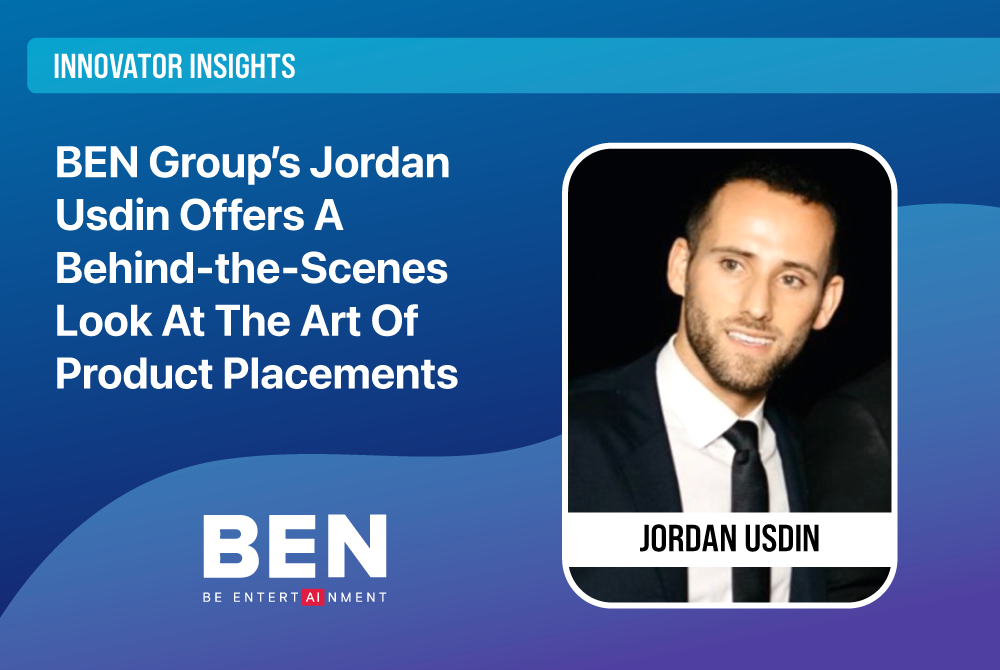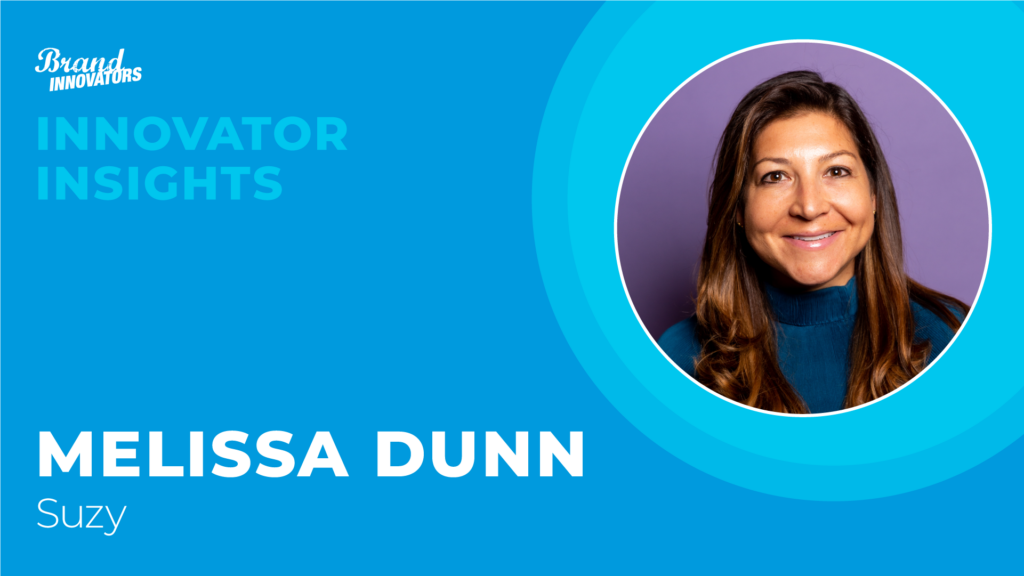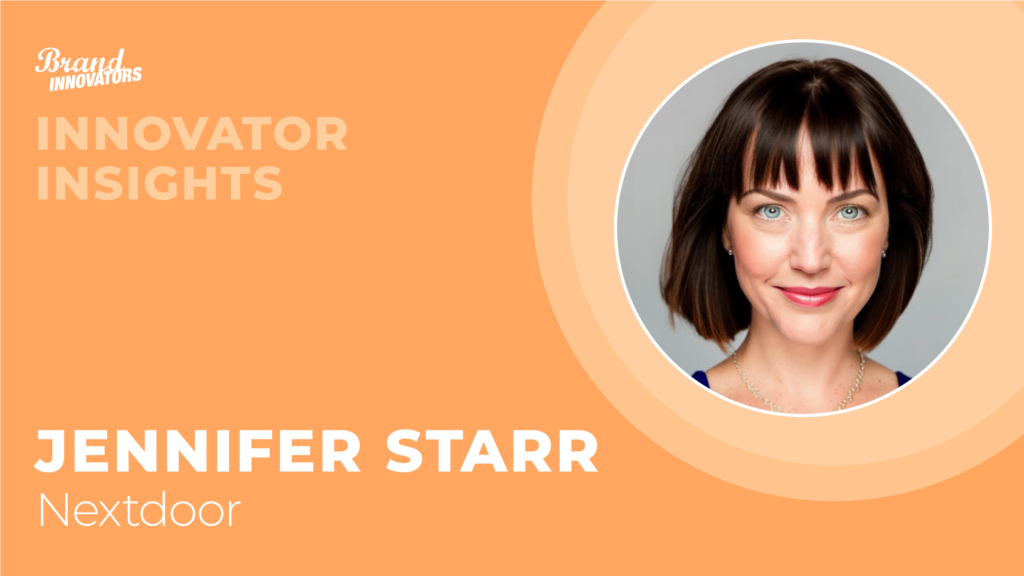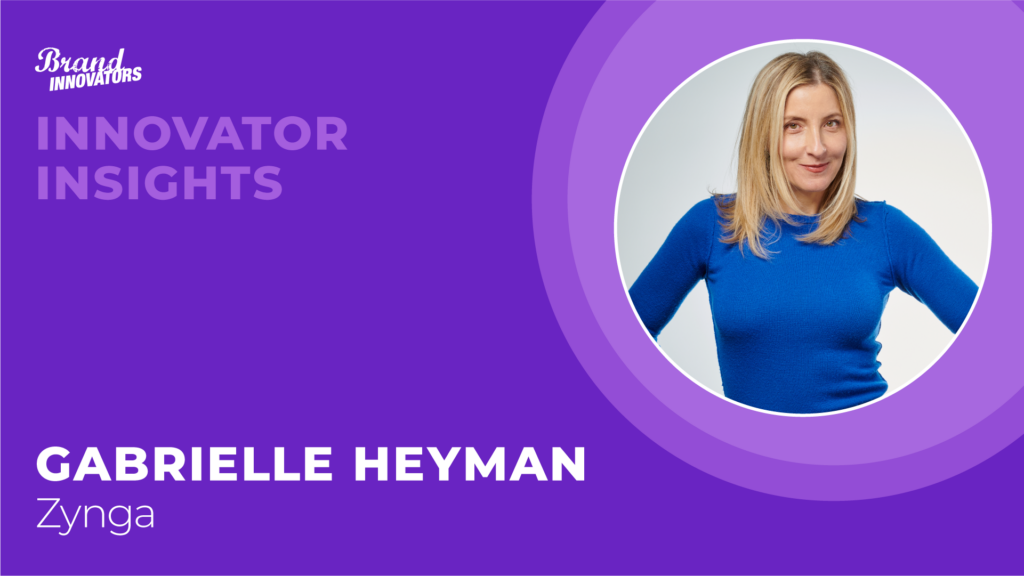At first glance, there might not be a lot to connect content like Grace and Frankie, Never Have I Ever and the film Sonic the Hedgehog.
Look a little closely, however, and you’ll notice they all make mention of real estate marketplace Zillow – but in a natural and authentic way that is the hallmark of Jordan Usdin and the team at BEN.
As the senior vice president of client development for the Los Angeles-based agency, Usdin helps lead efforts to educate marketers about the best practices in product placement and music integrations. This not only includes Zillow but Benjamin Moore, Frito-Lay, Buick and Marriott, among others.
“Years ago, it used to be a vanity play and more of a nice-to-have,” Usdin told Brand Innovators.
“But as we’ve worked with our research and measurement team to put measurable results behind it, we’re seeing a lot more companies that see product placement as an essential part of their marketing mix.”
BEN has worked with 605, for example, to study the impact of product placements with major brands such as General Mills. The partners found that when Honey Nut Cheerios was placed in the CBS show, Mom, sales increased double digits for exposed viewers aged 18-34, and across exposed households with an income of $50k+ and 1+ child(ren) aged 0-18. The research showed similar results when Old El Paso was integrated into a Lifetime holiday film and Rachel Ray’s cooking show.
Usdin said BEN has also learned that, far from competing with each other, product placements and traditional ads perform even better when they’re used in tandem. Brands should see product placements as a way to “reach the unreachable,” he said – particularly younger viewers who are either cord-cutters or who have never had cable to begin with. Brands also turn to BEN when they want to use product placements as a way to ensure they’re part of the cultural conversation.
“It all ties back to ‘What does success look like for your brand?’” Usdin said. “Is it just showing up in content? Or is it really getting a message about your brand to the right people? I think when we can find a moment to illustrate everything that they’re about and bring that awareness play, as well as that relevancy piece, we’ve served a brand well.”
Usdin offered some other helpful advice for marketers who are new to product placements – or who have under-utilized them:
Recognize the difference between insertion and true brand integration
During the recent Newfronts/Upfronts events, Amazon made headlines for its announcement of virtual product placement (VPP), where brands could have their goods digitally placed into content after it has been shot and produced. Similarly, Peacock announced what it called “In-Scene” ads that will identify key moments within a show and digitally insert a message or product.
Usdin pointed out, however, that these forms of insertion are temporary placements. He contrasted those offerings with BEN’s more story-driven approach, which becomes a permanent part of the show or film.
“Because we’re working with the writers in the actual writers room, we’re finding authentic, organic moments for a brand to be there,” he explained. “When we work with Zillow, for example, they want to be all around family moments, like when a family is looking to purchase a new home. It’s more of an opportunity for the characters to actually discuss a product, versus kind of being an afterthought.”
Seek expertise to cover the full range of brand safety issues
It’s bad enough when a product feels forced-fit into a piece of content or distracts from the story. What’s worse is if the product somehow gets a character into trouble, or is used in a way that creates a negative connotation about the brand. While Peleton obviously didn’t pay to have Mr. Big die on one of its bikes in the first episode of HBO’s And Just Like That, it offered a cautionary tale for marketers about how their products could “show up” in the wrong way.
Usdin said CMOs and their teams can avoid those scenarios by working with an agency that understands the risks. A good partner will work with producers to ensure a brand doesn’t see its competitors in the content, for instance, as well as danger zones that are more specific to a particular brand.
“One of our travel clients allows consumers to rent homes, but you’re not legally allowed to have parties in the home when you book one. Therefore, they don’t want to see a party portrayed in entertainment,” he said. “Whether you’re working with a product placement agency or not, definitely make sure you have representation in the entertainment space.”
The right product placement complements and builds upon a campaign theme
Buick might have once been considered the vehicle for an older demographic. When the company came out with a newer model, however, there was a campaign theme that suggested people couldn’t believe the new model was, in fact, a Buick. Usdin said BEN worked to amplify that theme into content like the Reese Witherspoon show Big Little Lies.
Usdin said there are similar opportunities for brand categories that are less known for product placement, such as Fintech and even traditional banks that are trying to market café-style customer experiences.
“When this is done well it doesn’t just get you in front of people,” he said. “It can change perceptions about a brand as well.”




